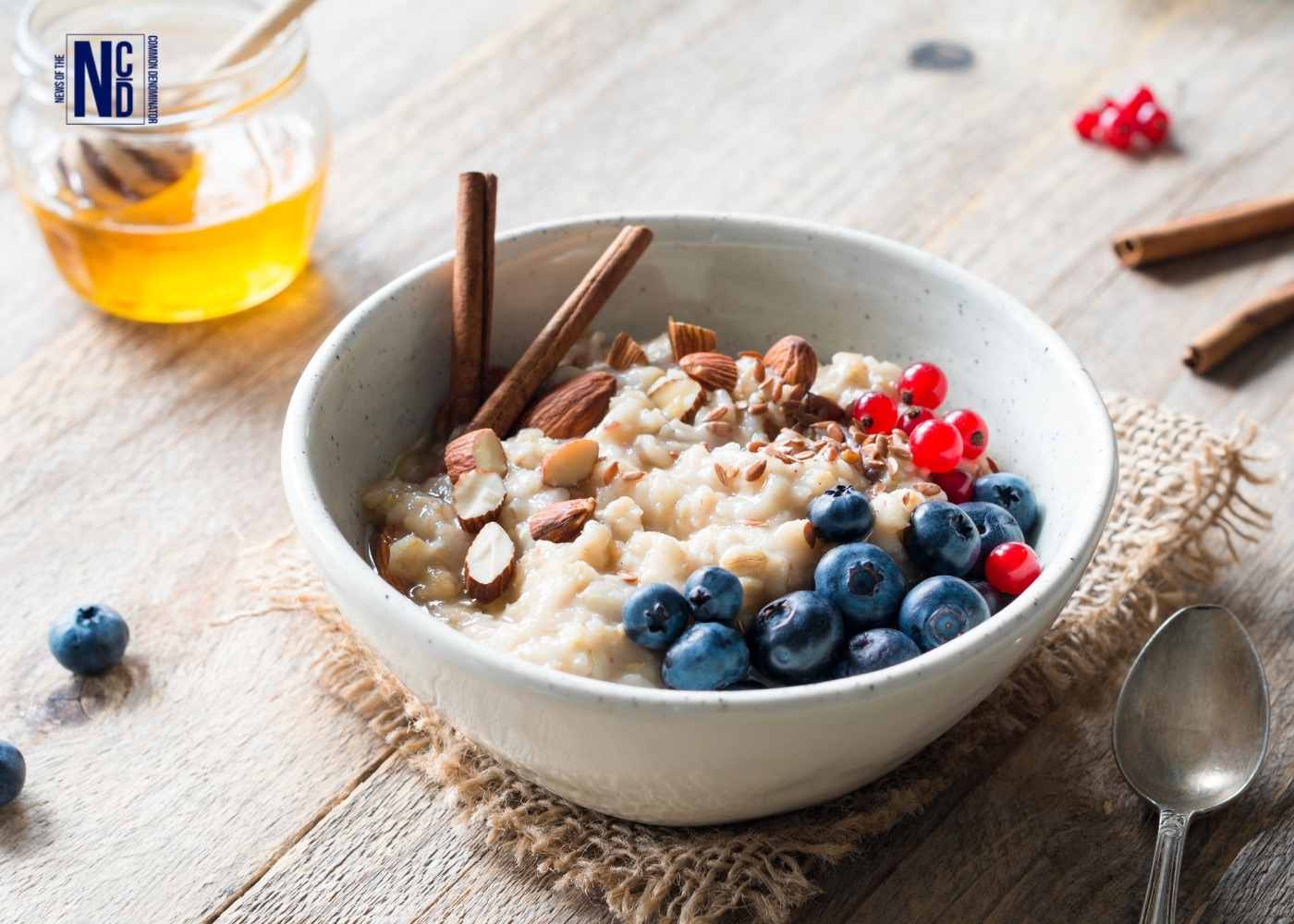Plan Your Meals for Optimal Blood Sugar Management

If you have diabetes, you don’t have to give up tasty and
satisfying food. A thoughtful way of eating helps you manage your blood sugar
and can rewrite how you relate to your meals. Effective meal planning for diabetes is not about telling you to remove foods, but to eat in moderation and
make healthier choices.
This guide takes you step by step through planning healthy
diabetic meals using evidence-based advice, easy substitutions, and
great-tasting diabetic-approved recipes. If you are learning to manage diabetes
or looking for better ways to manage your blood sugar, this advice can help you
feel good about your food choices and live well.
Understanding the Foundations of Diabetic Nutrition
Diabetes nutrition is all about making sure your blood
glucose does not fluctuate too much. In other words, you want food that
supplies energy gradually without making blood sugar go too high or too low.
Good blood sugar control diets include these three main features:
1. Balanced macronutrients: At each meal, try to have the
right mix of proteins, fats, and carbohydrates.
2. Carbohydrate awareness: Make sure to pay attention to how
much and what type of carbs you eat, instead of just trying to get rid of them.
3. Consistency: Make sure to eat three meals and some snacks
regularly without missing or eating too much at once.

Carbohydrates: Quality Matters
Understanding carbohydrates is key when you are making a
diabetes food plan for yourself. Even though carbs rapidly affect blood sugar,
diabetic nutrition guides look at how much and what kind of carbs you eat:
- Simple carbs are not good, so pick whole grains, legumes,
and vegetables as your carbohydrates.
- Try to eat more foods with a low glycemic index for diabetes
management, including things like non-starchy veggies, certain fruits, nuts,
and whole grains.
- People with diabetes should measure carb portions each time
they eat.
- It is better to spread out your carbohydrate intake during
the day instead of having it all in one meal.
Protein and Fat: The Supporting Cast
Although people focus on carbohydrates in diabetic diets,
proteins and fats are still very important side players:
- Eating lean proteins helps keep your muscles healthy and
makes you feel full without raising your blood sugar.
- Fats that are healthy for you can perform a shielding role
by slowing down the digestion process, making it harder for blood sugar to rise
too fast.
- Mixing proteins, fats, and carbs in the right way makes
simple meals that keep your blood sugar steady.
Building Your Plate: A Practical Framework
The plate method is an easy way to help guide your diabetes
nutrition:
- Take up half of your plate with non-starchy veggies, like
leafy greens, broccoli, and peppers.
- Put one quarter of your plate aside for lean protein foods,
including chicken, fish, tofu, or legumes.
- Make sure the last quarter of your plate has complex
carbohydrates, for example, brown rice, quinoa, and sweet potato.
- Use some healthy fats such as olive oil, avocado, or nuts in
your meal
This way of putting meals together helps you eat well for
your blood sugar, and you don’t need math at each meal.

Meal Planning Strategies That Work
While diabetic meal planning isn’t always easy, the planning
helps you gain plenty of rewards:
1. Prep components in advance: Cook different proteins, make
roasted vegetables, and get whole grains ready so you can eat a balanced diet
all week.
2. Stock diabetic-friendly pantry staples: Make sure your
pantry has canned beans, frozen vegetables, nuts, seeds, and whole grains.
3. Have emergency snacks ready: Get some nuts, cheese, or
other low-carb snacks prepared for times you want to eat.
4. Plan for eating out: Find out what is available at your
restaurant choice and choose something that helps you stick to your meal plan.
Creating Realistic, Sustainable Habits
You need a diabetic diet that you can follow every day. It’s
more important to keep going consistently than to try for perfection with these
actions:
- Change the ingredients and amounts in your usual family
meals to suit a diabetic diet.
- Choose several meals you can count on and make a schedule to
lower your decision fatigue.
- Find a few meals that you love to eat and that help maintain
your blood sugar levels.
- Have planned, moderate treats from time to time.
Monitoring and Adjusting
Everyone's reaction to certain foods is different and can
change as time goes by. Keeping track of your blood sugar can help you spot
patterns and change your meal plan as needed. Note what you eat and monitor
your blood glucose, as this helps you find out which foods affect your sugar
levels.
Conclusion
You don't need to give up all your favorite foods to manage
diabetes through nutrition, instead, you need to eat with awareness and good
planning. Eating healthy meals for diabetes takes care of your nutrition and
controls your blood sugar levels. Choosing healthy whole foods, eating the
right amounts, and keeping your meals on a routine make your eating plan easy
to keep up and great for your body in the future.
Begin with easy improvements to your diet, instead of making
big changes all at once. Every meal that you build with balance adds up to
improve your health gradually. Your diabetic diet is not only to prevent blood
sugar spikes but also to make sure your body gets the nutrients it needs for
managing the condition. Good planning and steady actions make meals your
friends in managing your diabetes.












